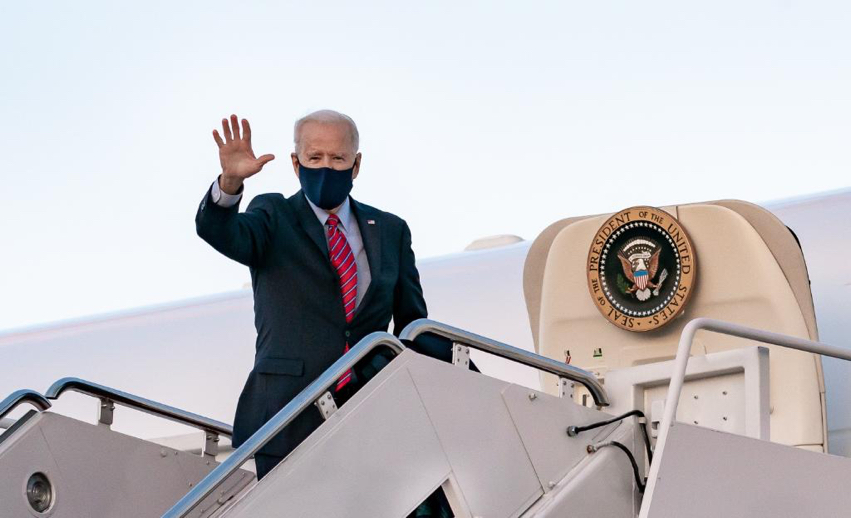Biden’s Approach to the Climate Crisis
Since being elected the 46th president of the United States, President Joe Biden has signed 28 executive orders. In addition to getting the country back on track in economic, immigration and coronavirus policies, President Biden has also directed his attention toward taking environmental action.
Former President Donald Trump made decisions that have stalled the country’s progress toward an environmentally sustainable future. Most notable was the withdrawal from the Paris Agreement on Nov. 4, 2020. Trump cited intentions to either reenter the Paris Agreement or make a new transaction that is “fair to the United States, its businesses, its workers, its people [and] its taxpayers,” but never followed up on his promise. Additionally, Trump contradicted his goals of achieving clean water and air by choosing to support oil and natural gas production. He also favored pipelines that could cause spills that harm wildlife and drinking water. By prioritizing the financial sector, Trump compromised the environmental sustainability needed in times of global climate distress.
Many of President Biden’s environmental goals involve reversing Trump’s policies, which is evident in Biden’s executive actions. Within the first week of his inauguration, President Biden has taken the necessary steps to rejoin the Paris Agreement, a process that can take up to 30 days. A new governmental position, the Special Presidential Envoy for Climate, will be centered on addressing issues of climate change. Additionally, a President’s Council of Advisors on Science and Technology has been reestablished after Trump disbanded the council. Last, the Keystone XL pipeline was canceled. The pipeline, which would run from Alberta, Canada, to Steele City, Nebraska, was supported by Trump because of its potential to provide 28,000 jobs.
Many Republicans have also criticized President Biden’s plans to create environmentally-friendly solutions in various industries, calling them “pie-in-the-sky government mandates and directives.” Senator John Cornyn says that 280 million cars use internal combustion and that limiting the natural resources that provide fuel for people’s transportation to work and school is not feasible. While these proponents of Trump’s climate orders emphasize possible financial benefits for the American people, those economic perks come at a cost to precious ecosystems and the organisms occupying them.
Undeniably, President Biden’s actions to cancel projects, such as the building of Keystone XL, come at a time of financial hardship caused by the pandemic. However, the pandemic has forced us to reconsider our values. It is apparent that the country needs to get back on track both economically and environmentally. President Biden’s solutions satisfy both of these dilemmas.
In addition to President Biden’s initial executive actions, he promises to build climate-resilient industries, which will be accompanied by the creation of 10 million clean energy jobs. These will focus on coastal restoration, large-scale tree plantings and other environmentally friendly constructions, such as roads and bridges that can weather natural disasters. Americans will have the opportunity to receive training for these new clean energy jobs, and workers will have the right to form unions. This puts the country on track to be a carbon pollution-free power sector by 2035 and a net-zero economy by 2050.
Therefore, President Biden’s climate orders not only emphasize the rights of workers but also the responsibility we have to protect our ecosystems. We don’t have to choose between being environmentally friendly and economically productive — we can choose both.
Tina Savvaides, FCRH ’22, is a chemistry and theology major from Norwalk, Conn.








































































































































































































